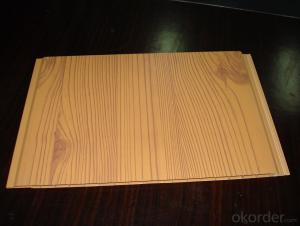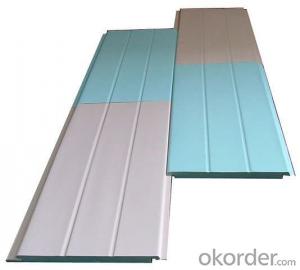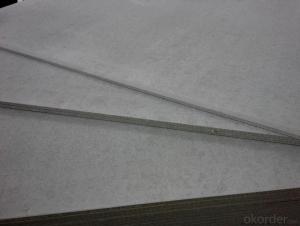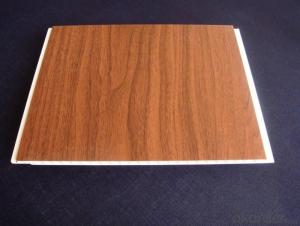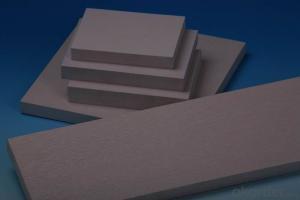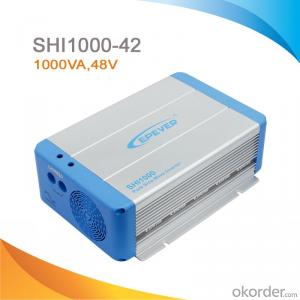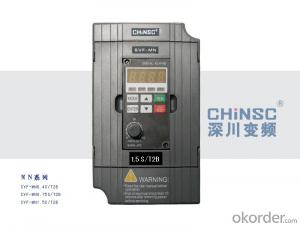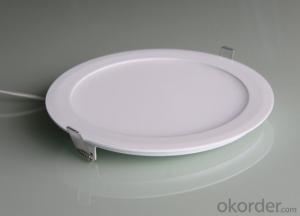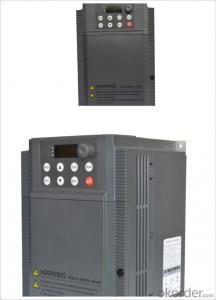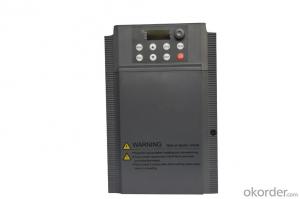Solar Panel Inverter 220v
Solar Panel Inverter 220v Related Searches
Shiny Or Dull Side Of Aluminum Foil For Cooking Inverter For 100w Solar Panel Solar Panel Inverter For Rv Pvc Tiles For Walls Wall Lights For Bedrooms Inverter Ac With Solar Panel Solar Panel With Inverter Kit Solar Panel Kits With Inverter Solar Panel With Inverter Direct Roving For PultrusionHot Searches
Used Sandwich Panel For Sale Pvc Chairs For Sale Tilt Panel Props For Sale Lightweight Scaffolding For Sale pvc pipe manufacturers in usa Sandwich Panel Price In India China Solar Panel Inverter Solar Inverter Panel Price China Pvc Geomembrane Sandwich Panel Manufacturers In Bangladesh Pvc Roofing Sheets Price India Pvc Roofing Sheets Price pvc resin price index Solar Panel Inverter Size Solar Panel Inverter Suppliers Q Cells Solar Panel Prices Tesla Solar Panel Inverter Honeycomb Sandwich Panel Suppliers Type Of Inverter For Solar Price Of Shipping Containers For SaleSolar Panel Inverter 220v Supplier & Manufacturer from China
Okorder.com is a professional Solar Panel Inverter 220v supplier & manufacturer, offers integrated one-stop services including real-time quoting and online cargo tracking. We are funded by CNBM Group, a Fortune 500 enterprise and the largest Solar Panel Inverter 220v firm in China.Hot Products
FAQ
- The maximum DC voltage that a solar inverter can handle varies depending on the specific model and manufacturer. However, most modern solar inverters can typically handle DC voltages up to 1000 volts or higher. It is important to consult the manufacturer's specifications and guidelines to determine the exact maximum voltage rating for a particular solar inverter.
- The role of a remote monitoring system in a solar inverter is to allow for real-time monitoring and management of the solar power generation and inverter performance from a remote location. It provides valuable insights into the system's efficiency, troubleshooting capabilities, and helps ensure optimal performance and timely maintenance. Additionally, a remote monitoring system allows for data analysis, performance tracking, and can facilitate predictive maintenance to maximize the overall efficiency and longevity of the solar inverter system.
- Yes, a solar inverter can be used with dual-axis solar trackers. A solar inverter is responsible for converting the direct current (DC) generated by the solar panels into alternating current (AC) that can be used to power electrical devices or be fed into the grid. The dual-axis solar trackers enable the solar panels to follow the sun's movement in both horizontal and vertical directions, maximizing their exposure to sunlight throughout the day. The solar inverter can still perform its function of converting DC to AC regardless of the type of solar tracking system used.
- Some common fault indications in a solar inverter include a sudden loss of power output, frequent or recurring tripping of the inverter, abnormal or fluctuating voltage readings, unusual noises or smells emanating from the inverter, error messages or fault codes displayed on the inverter's screen, and physical damage or visible signs of overheating.
- A solar inverter handles temperature variations by employing various cooling mechanisms such as heat sinks, fans, or liquid cooling systems. These components help dissipate excess heat generated during operation, ensuring the inverter remains within its optimal temperature range. Additionally, advanced inverters are equipped with temperature sensors that continuously monitor the internal temperature and adjust the system's performance to maintain efficiency and protect against overheating.
- Yes, a solar inverter can be used with thin-film solar panels. Thin-film solar panels have different electrical characteristics compared to traditional crystalline solar panels, but a suitable solar inverter can be selected to match the voltage and current requirements of the thin-film panels.
- Some indicators of a faulty solar inverter may include a complete loss of power generation from the solar panels, flickering or inconsistent power output, unusual noises coming from the inverter, error messages or warning lights displayed on the inverter's screen, and a noticeable decrease in the overall efficiency of the solar system.
- There are several advantages of using a solar inverter with battery storage. Firstly, it enables the storage of excess solar energy generated during the day, which can be utilized during the night or during periods of low solar generation. This allows for greater self-consumption of solar energy and reduces reliance on the grid, resulting in potential cost savings on electricity bills. Additionally, solar inverters with battery storage provide backup power during power outages. The stored energy in the batteries can be used to power essential appliances and devices, ensuring uninterrupted electricity supply. Furthermore, using a solar inverter with battery storage promotes energy independence and sustainability. By storing and using solar energy, individuals can reduce their carbon footprint and contribute to a cleaner environment. It also provides flexibility in energy management, as users can choose when to draw energy from the grid or from the batteries, depending on the energy rates or their specific needs. Overall, integrating battery storage with a solar inverter offers increased energy efficiency, cost savings, backup power, and environmental benefits, making it a compelling solution for residential and commercial solar installations.
